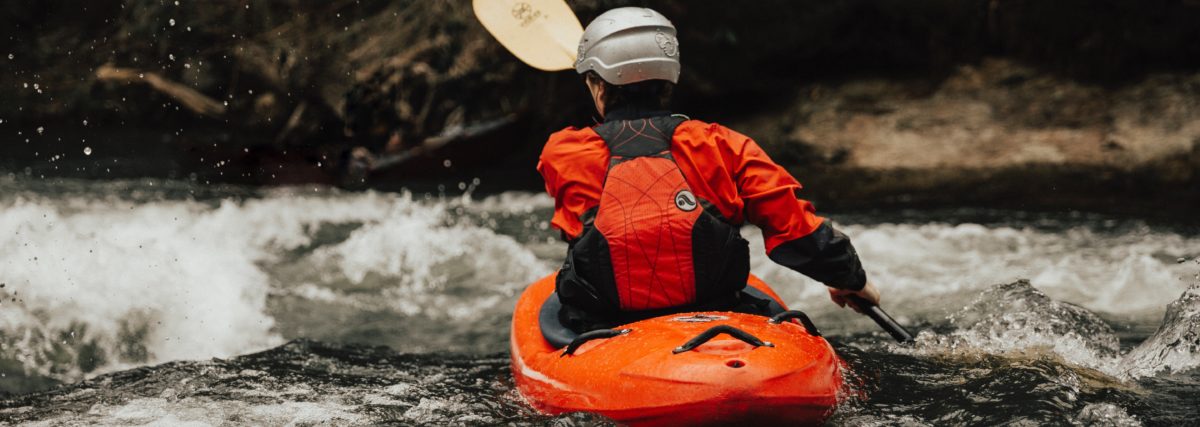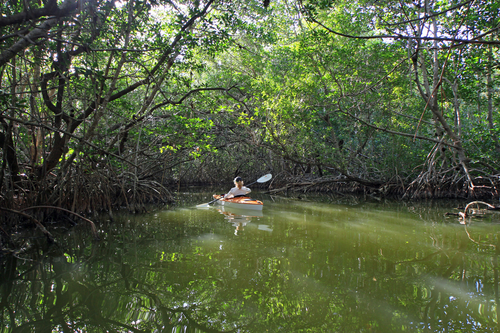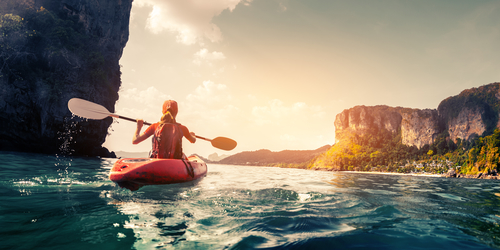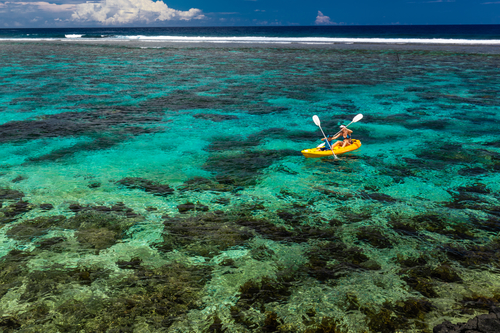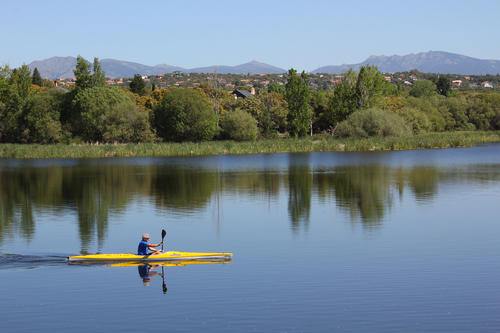The Amazon rainforest spans over 4000 miles starting from Andes Mountains of Peru and reaches the Atlantic Ocean. A kayak will help you enjoy the indigenous cultures, incredible biodiversity and the mysteries of the forest.
This is often missed by people who travel in a motorized watercraft. Another fascinating fact about Amazon is the extraordinary ecosystem. Here is what you should expect in your kayaking adventure.
Scenery
Amazon is the home to great creatures and has breathtaking waterways around Panacocha and Calluacocha lakes. It’s located at the heart of two nature reserves and has remarkable flora and fauna. A kayak adventure is one of the ways of accessing the narrow creeks and tributaries.
Best Time To Visit The Amazon
Amazon has two seasons – low water season and high water season. The low-water season runs through June to December. Normally, the temperature averages 98 degrees F.
If you like to trek, this is the perfect time of exploring deep into the forest by foot. You may want to avoid visiting the rainforest during the high-water season- January to April. The area is more flooded with water and is easy to access with kayaks.
Food
A visit to the rainforest is an excellent opportunity to sample the popular dishes in the region- from exquisite fish to vegetable dishes. Ceviche is an easy front-runner among tourists and locals alike. The dish is simply flavorful and refreshing.
Another most sought dish is Aji de Gallina which is commonly known as creamy chicken. It’s prepared with walnuts, cheese, sauce of cream, and is served with rice. It’s worth mentioning that most foods are accompanied by cocktails made from tropical fruits.
Camping
Camping independently will allow you to explore the forest at your own pace. You can either use smaller satellite camps or Las Piedras Amazon Center.
This will give the perfect chance to encounter wildlife including bird species, monkey species, as well as terrestrial animals. Of course, there are dozens of other places where you can camp.
Sightseeing
Kayaking along the Amazon River allows you to experience one of the most fascinating habitats in the region. The jungle bridge walk will help you see most of the wildlife like poison dart frogs, snakes, monkeys, jaguar, and other animal species. There are also hundreds of macaws, parakeets, and parrots for anyone interested in the natural world.
Another place that offers remarkable sightseeing is the Sacha lodge Canopy. The walkaway stands 90 feet and stretches 940 feet across the forest. Amazon has some of the most dangerous creatures known to man. Keep an eye on fresh-eating piranha, electric eels, poison dart frogs, and more.
Weather
The weather in the Amazon varies depending on the time of the year. It’s important that you understand how climate changes may affect your visit. The minimum annual temperature is 21 degrees F while the maximum annual temperature is 31 degrees F. The summer season runs from May to December and the winter season runs from January to April.
Skill Level Of Kayaking
Most river cruises offer kayaking, so you can paddle in the remote areas of the rainforest. Whether you’re a novice or an experienced paddler, the guides will help you get started. Most of them are naturalists, so they will help you unlock the magnificent wildlife. No special skills or equipment are needed.
Type of Kayak
The best kayak to use is a Sit on top kayak. It’s very stable thus perfect for beginners and experienced paddlers. Alternatively, you can use Touring kayaks.
Amazon Rainforest will give you an opportunity to witness the tremendous biodiversity. You’ll also enjoy the flowing tributaries and beautiful creeks in a kayak.
Final Thoughts
The Amazon is a very unique place. It is full of beauty and danger all at the same time. Please do your research if you are heading to this neck of the world.
If you want a successful trip full of memories that will last a lifetime then make sure you take all the precautions and come prepared. Happy paddling!
